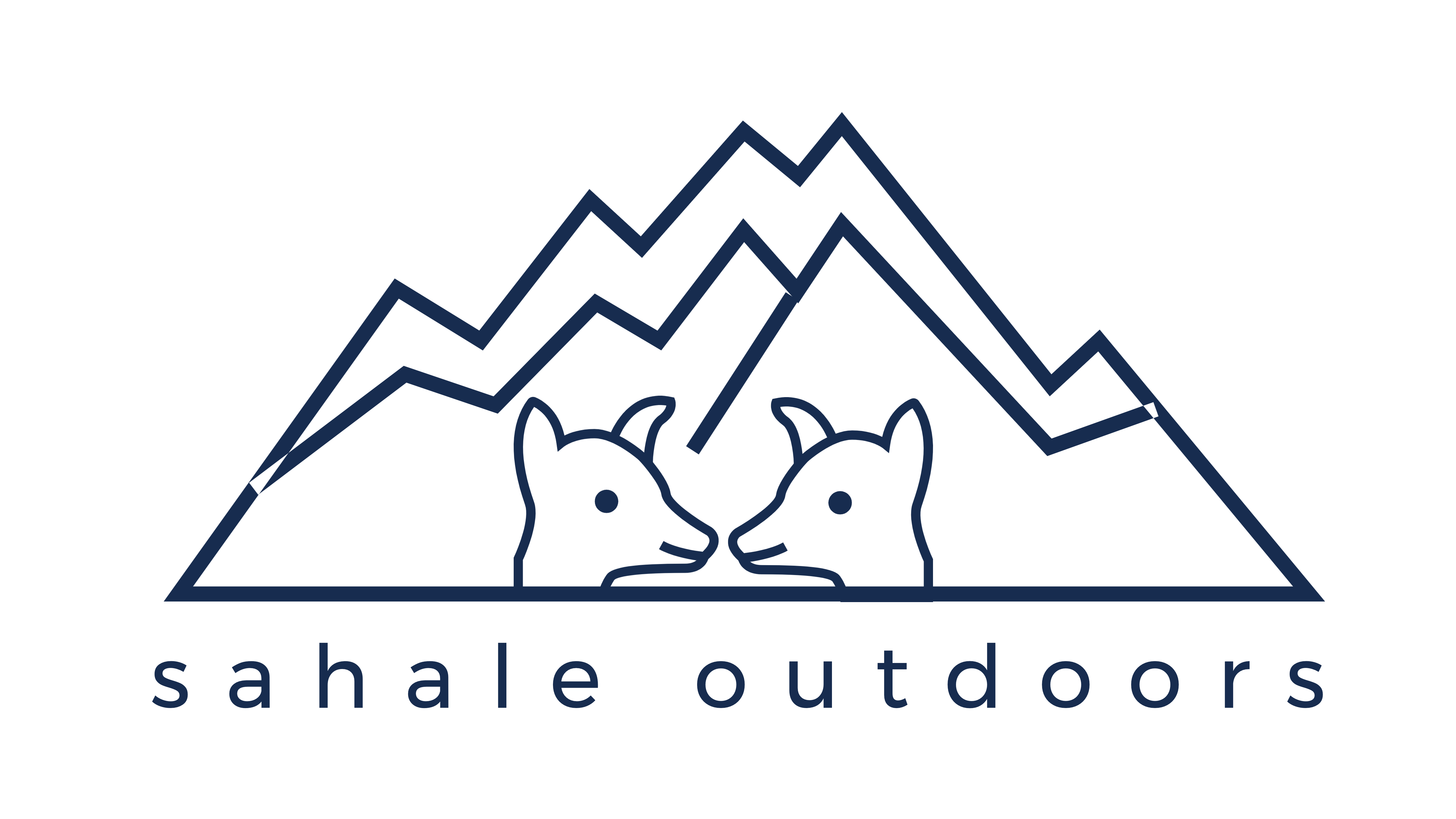
Advanced WLC
Advanced Wilderness Leadership Course

About the course
This seven-day mountaineering expedition challenges returning students to advance their outdoor leadership, teamwork, and technical backcountry skills while summiting Glacier Peak.
Throughout the week, participants will develop an understanding in snow travel, glacier navigation, route finding, and alpine camping while deepening their understanding of group dynamics and decision-making in high mountain environments. The course emphasizes resilience, communication, and self-reliance as students take on greater leadership responsibilities each day.
The 2026 Advanced Wilderness Leadership Course will explore Glacier Peak and its surrounding wilderness, including smaller summits and glacial valleys. Participants will gain hands-on experience with mountaineering techniques while studying the natural and cultural history of Washington’s high alpine ecosystems.
We provide all technical and personal gear, including mountaineering boots, ice axes, and crampons if notified 4 weeks ahead of time. All meals are included from lunch on the first day to lunch on the last day. Transportation is provided from the meet location in Fife and back.
Learning Goals
- Build confidence and leadership in challenging alpine terrain
- Practice snow travel, glacier crossing, and ice axe self-arrest
- Learn rope systems and team travel techniques for glacier environments
- Refine map reading, route finding, and off-trail navigation skills
- Plan and lead summit routes and daily travel objectives
- Practice group decision-making and risk management
- Strengthen teamwork and communication under real expedition conditions
- Study alpine ecology, geology, and glaciology
- Explore the natural and cultural history of Glacier Peak Wilderness
- Apply Leave No Trace ethics in snow and fragile alpine ecosystems
- Develop resilience, self-awareness, and goal-setting for long-term growth
Documents
- Packing Checklist
- How to Not Overpack A guide to packing for your backpacking trip, with what to bring, what not to bring, and how to be prepared for gear malfunctions while still packing light.
- Pooping in the Woods What to expect.
- Periods in the Backcountry What to bring and how to plan when backpacking on your period.
- Backpacking and Binding Strategies for backpacking if you will be wearing a binder.



What to Expect
Day 1 – Orientation & Approach to Mackinaw Shelter
- Miles: 5.5 mi
- Elevation Gain: +1,200 ft
- Activities:
Meet at nature center, distribute group gear, drive to TH, review LNT principles, and practice pace and communication. Hike through old-growth forest to Mackinaw Shelter. Evening camp setup, tent practice, and group debrief.
Day 2 – Ascent to White Pass
- Miles: 6.5 mi
- Elevation Gain: +3,200 ft
- Elevation Loss: -200 ft
- Activities:
Begin student leadership rotations. Steady climb through meadows and switchbacks to White Pass. Introduce map and compass navigation, weather observation, and campsite selection and potentially ice ax skills.
Day 3 – Snow Travel & Route Finding to Glacier Gap
- Miles: 5.5 mi
- Elevation Gain: +2,300 ft
- Elevation Loss: -400 ft
- Activities:
Transition onto snow and moraine terrain. Instruction on ice axe use, crampon technique (if conditions allow), and snow travel spacing. Establish camp near Glacier Gap (~7,600 ft).
Day 4 – Glacier Skills & Crevasse Practice
- Miles: 2–3 mi round trip
- Elevation Gain/Loss: ~800 ft
- Activities:
Morning skills session: glacier travel roping systems, self-arrest, crevasse hazard management, and communication. Afternoon rest and team-building activities. Prep for summit push.
Day 5 – Summit Day – Glacier Peak (10,541 ft)
- Miles: 8–10 mi round trip
- Elevation Gain: +3,000 ft
- Elevation Loss: -3,000 ft
- Activities:
Alpine start (~2–3 AM). Rope teams ascend the Gerdine and Cool Glaciers to Glacier Peak summit. Leadership in navigation, pacing, and risk assessment. Summit reflection and team photo before descending to Glacier Gap Camp.
Day 6 – Descent to White Pass
- Miles: 6.5 mi
- Elevation Loss: -2,500 ft
- Activities:
De-brief summit experience, focus on leadership reflection and group decision-making. Optional short side trip to explore Foam Creek Basin or Red Pass.
Day 7 – Return to Trailhead & Head Back to Nature Center
- Miles: 7.5 mi
- Elevation Loss: -3,000 ft
- Activities: Hike out and head to TH. End-of-course celebration, individual reflection, and leadership evaluations at Nature Center.
Difficulty Level
Challenging: Around 11,000 feet of elevation gain and loss, 7 days, 35 miles on steep, uneven trails.
Length:
7 days
2026 Schedule:
July 6-July 12
Apply for this course
You must have completed the Wilderness Leadership Course or an equivalent outdoor leadership experience to be eligible for the Advanced WLC. Please contact Lorelei at lorelei@sahaleoutdoors.org to learn more about course application.
Price: $1500 per person
Includes gear rental, food, transportation, and all entrance fees, permits, and passes.
25% of the total trip cost is due at sign-up, with the remainder due one month before the trip date. You are welcome to pay in installments, contact trips@sahaleoutdoors.org to set up a payment plan.
Our mission is to make outdoor recreation accessible to all. If you cannot afford the total trip cost, request sliding scale pricing here:




Indigenous Land
Sauk-Suiattle
“As a small sovereign nation of American Indians, the Sauk-Suiattle Indian Tribe, shares the belief of all our tribal nations,
that the Earth is our Mother and that the Creator resides beyond the skies and within our own beings.
While we strive to protect our Mother Earth, so does she shelter us in so many ways from harm.”
The Sauk-Suiattle Indian people have lived under the gaze of Whitehorse Mountain for many generations: as Fishermen, Gatherers and Hunters in the region of Sauk Prairie and near the present-day towns Darrington, Marblemount and Rockport, WA. In the early days, we were known as the Sah-ku-me-hu.
We were canoe people, plying the swift waters of the Sauk, Suiattle, Stillaguamish, Cascade and Skagit Rivers in our river canoes. Though our homelands were in the foothills of the North Cascades, we often traveled downriver to Puget Sound. There we harvested saltwater fish, shellfish, and other foods not available in the mountains. We frequently voyaged in large seagoing canoes.
We also traveled over the mountains to gather food, herbs and other necessities. We became skilled horsemen, trading with tribes from Eastern Washington. Our free roaming horses grazed among our relatives there.
We became a landless people, but continued to live in scattered groups close to our traditional homelands. Though many of our tribal members left the area or joined other neighboring tribes during our exodus, we maintained our tribal government, our social structure, our identity, and most importantly, our hope for the future.
~From sauk-suiattle.com

